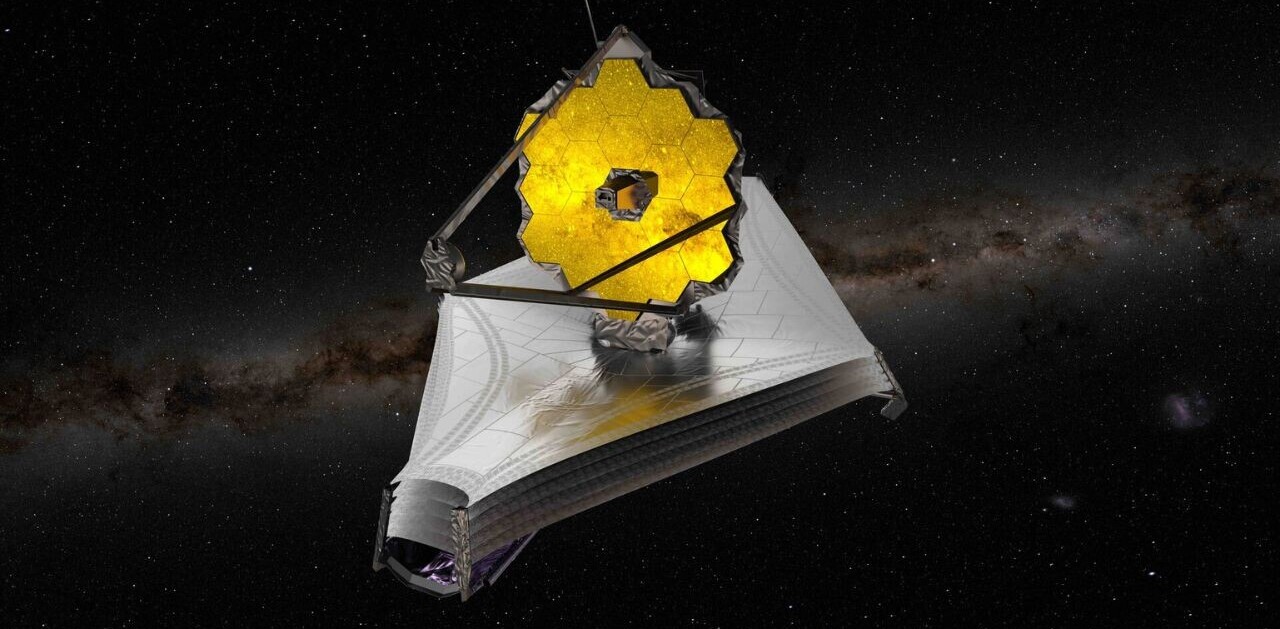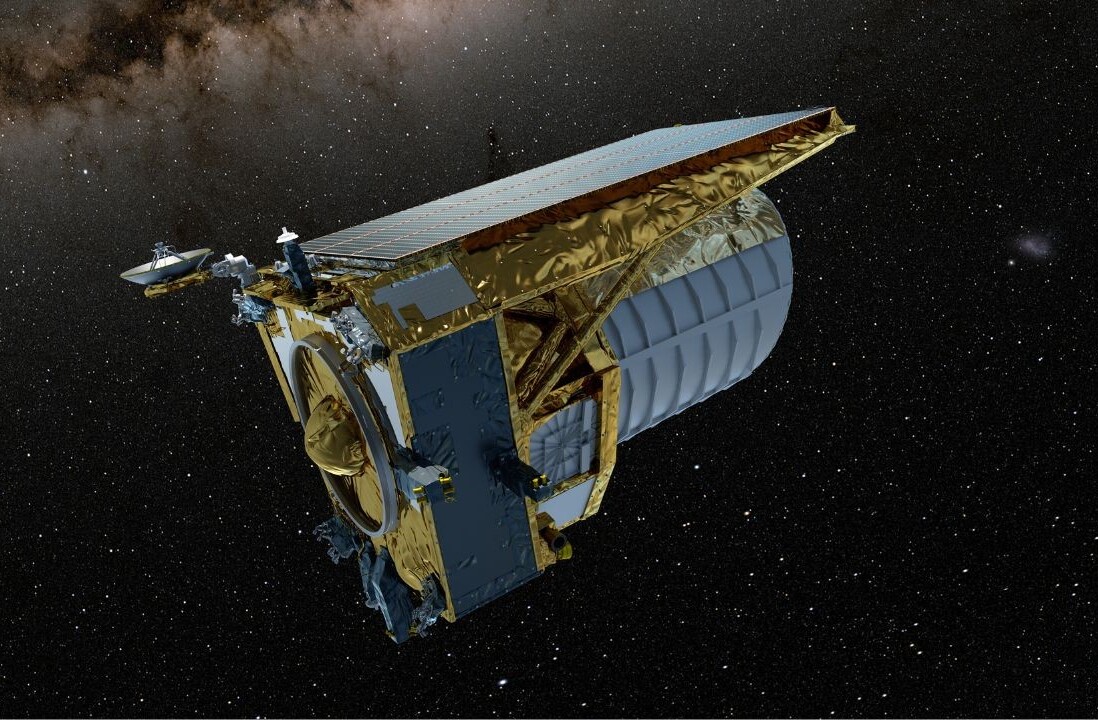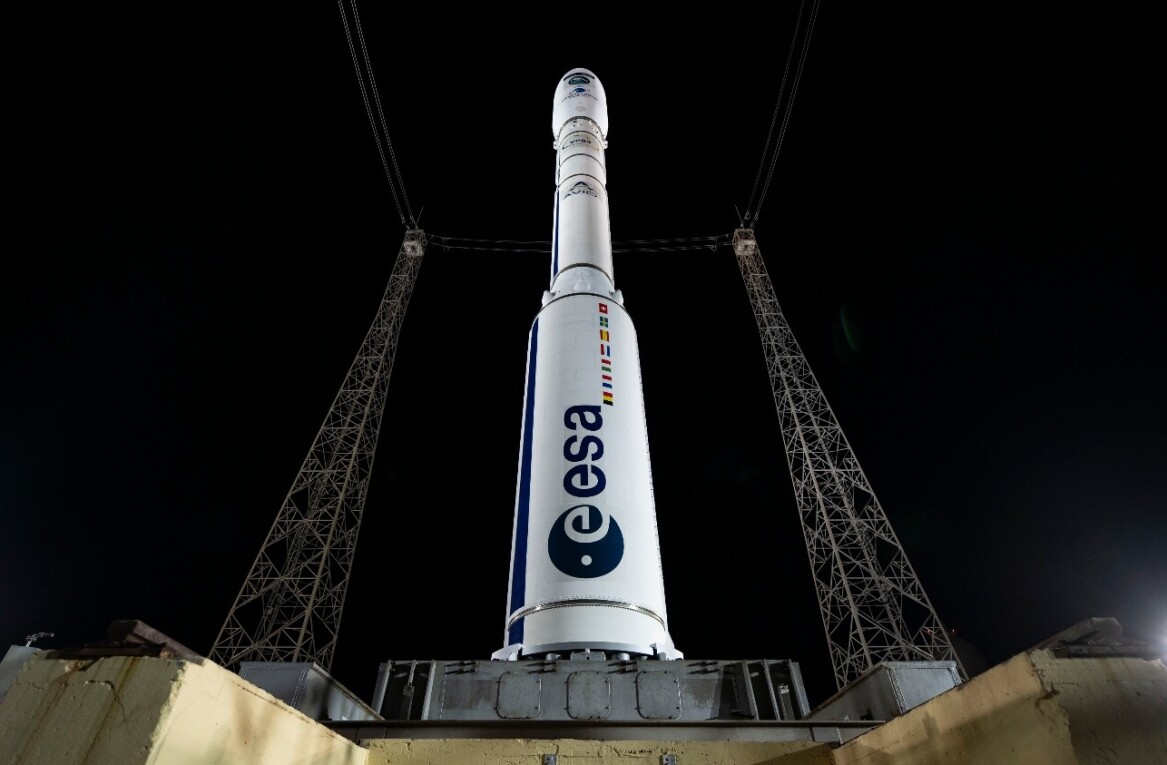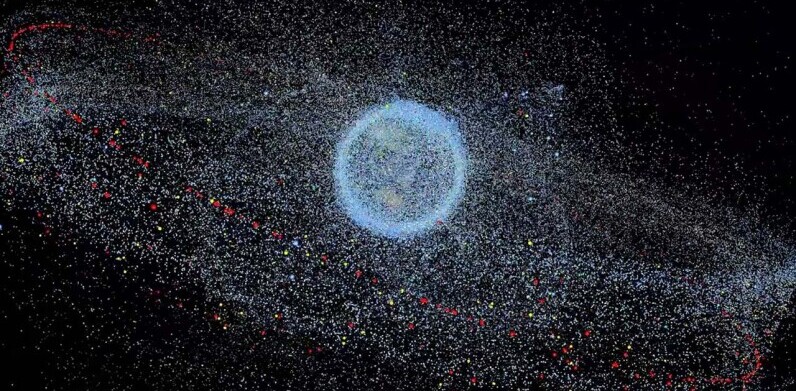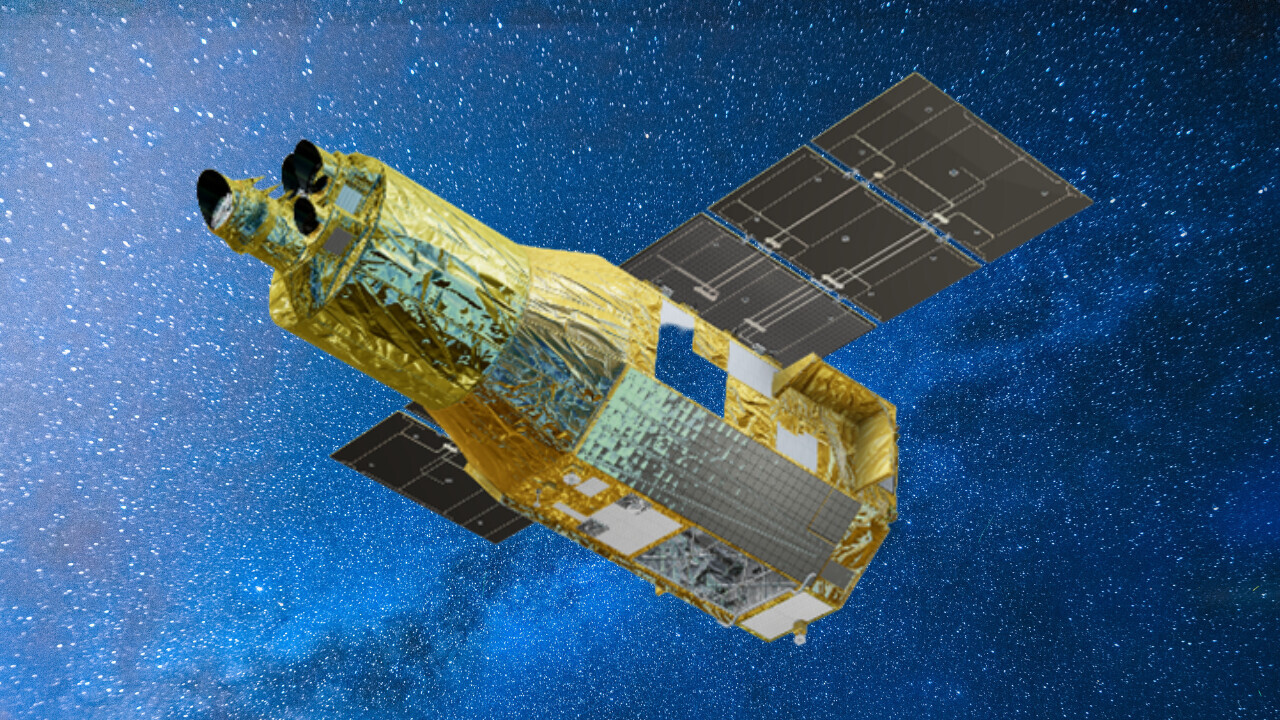
A new satellite designed to analyse X-ray light in space is set to launch on August 26.
The X-Ray Imaging and Spectroscopy Mission (XRISM — pronounced “crism”) brings together Nasa, the European Space Agency (ESA), and the Japan Aerospace Exploration Agency (JAXA). Together, they aim to resolve mysteries about the formation of the universe and the structure of spacetime.
The X-rays released in the cosmos’ most energetic explosions and hottest places can reveal some of these secrets. One particularly powerful example involves galaxy clusters — the universe’s biggest building blocks. These groups of galaxies are enveloped by a super-hot gas. XRISM will detect X-ray light from this gas, which will be used to measure the mass of these clusters. The results will provide new evidence about the universe’s evolution.
As the gas is a remnant of the birth and death of stars, the X-rays will also shine new light on the history of the universe’s chemical elements.

Another key task for XRISM is measuring X-ray light from incredibly dense objects, such as supermassive black holes at the centres of some galaxies. These results will provide clues about how objects warp the surrounding spacetime and influence their host galaxies.
“X-ray astronomy enables us to study the most energetic phenomena in the Universe,” Matteo Guainazzi, ESA project scientist for XRISM, said in a statement.
“It holds the key to answering important questions in modern astrophysics: how the largest structures in the Universe evolve, how the matter we are ultimately composed of was distributed through the cosmos, and how galaxies are shaped by massive black holes at their centres.”
JAXA is leading the mission, while ESA is providing hardware and scientific advice. In return, the European agency will be allocated 8% of XRISM’s available observing time.
Among ESA’s contributions are an optical telescope that will ensure XRISM always knows where it is pointing, and two devices that will sense Earth’s magnetic field and move the spacecraft accordingly.
ESA has also worked on XRISM’s Resolve instrument, which will measure the temperature and dynamics of X-ray emitting objects, The results will enhance assessments of temperatures and motions of hot X-ray emitting gas.

The second main XRISM instrument is Xtend, which enables the satellite to observe an area around 60% larger than the average size of the full Moon.
After testing on Earth, the contraptions will soon be off to work in space. XRISM is scheduled to launch on a H-IIA rocket from the Tanegashima Space Center in Japan at 02:34 CEST on Saturday. You can watch the take-off live in English on JAXA’s YouTube channel.
Get the TNW newsletter
Get the most important tech news in your inbox each week.
